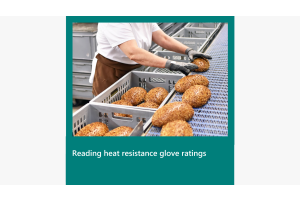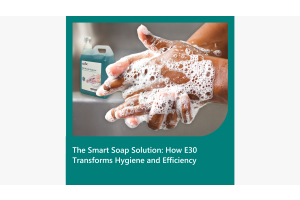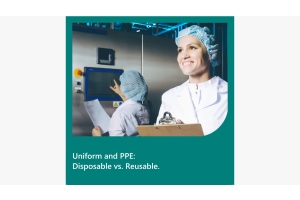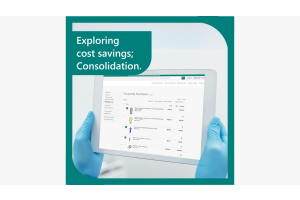Why would you only use blue PPE?

Blue is associated as the food industry colour, as it contrasts the majority of ingredients.
This, of course allows visual detection in the unlikely case of it falling into production. However, the use of coloured PPE has increased within the industry to manage contamination and hygiene risks, with no change to PPE quality or cost.
So, why not just use blue?
Reputational damage from a cross-contamination event is just not an option, not to mention the cost of this on your business. While blue allows for easier foreign object traceability, it doesn’t safe-guard from the possibility of mis-handling product, for example allergens.
This is where colour coded PPE comes in.
There are numerous ways colour coding can assist your processes, and overall improve hygiene and risk management. (click through to this blog to explore common methods used)
Why and how does it work?
Vision dominates over our 5 senses. While signage and verbal training for your team is critical, the brain can associate a colour with a command, activities, or a warning. This truly ensures your employees are instantly and constantly reminded, reducing the likelihood of cross-contamination.
Colour is a universal language. In an industry with staff from multiple nationalities and languages, you can effectively navigate language barriers by utilising colour. This approach minimises the potential for misunderstandings arising from language differences. Colours override linguistic barriers, conveying crucial instructions and safety alerts without the need for multiple translations.
By adopting a colour-coded system, all your staff quickly grasp important information, increasing their overall awareness of safety protocols.
Some tips for you:
- It is important not to overwhelm your staff by overcomplicating your colour scheme. If you require multiple colours, ensure the changeover process is well communicated and implemented with training.
- It is highly recommended to choose colours that visually differ from the colour of your product. As mentioned above, blue is the traditional food processing colour as it contrasts nearly all ingredients. In the rare case of foreign object contamination, it is visually recognisable.
- For a higher level of risk management, you could implement the PPE colours in conjunction with 5S and tooling.
Colour-coded PPE goes beyond visual contrast in the food industry. It enables effective communication, lowers contamination risks, and ensures safety. While blue is traditional, its effectiveness has limits. Colour-coded PPE can be a part of your risk management alongside practices like 5S.











